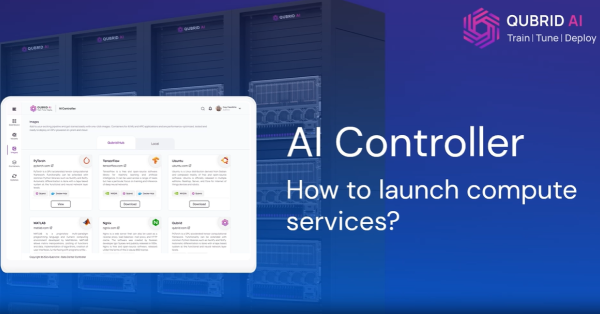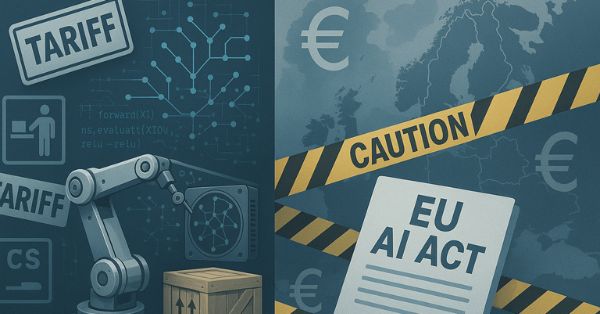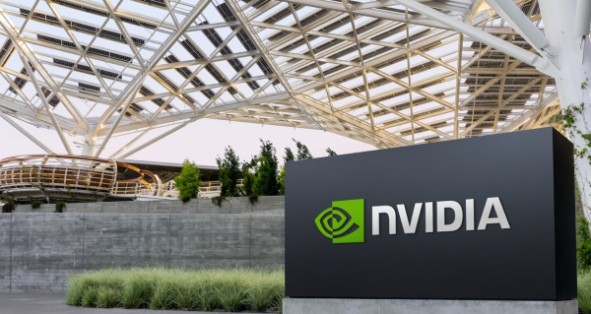How Responsible AI Can Unlock Growth and New Revenue Streams for Telecom Companies
Over the past decade, the telecom industry has faced intense competition and numerous challenges, particularly from technology companies that have entered its core markets of communications, connectivity, and data transport. In response, telecommunications companies (telcos) have sought to reinvent themselves by embracing technology-driven innovations like the Internet of Things (IoT), software as a service (SaaS), and over-the-top (OTT) video streaming. While some of these efforts have seen moderate success, telcos still need help to compete with more agile and well-capitalized tech companies.
However, the rise of artificial intelligence (AI) offers telcos a fresh opportunity to transform and reignite their growth. By becoming AI-native organizations—embedding AI into every aspect of their operations—telcos can not only optimize processes but also unlock new revenue streams.
McKinsey’s research highlights that adopting generative AI (gen AI) can significantly enhance telcos’ customer experiences while reducing operational costs, potentially boosting EBITDA margins by three to four percentage points within two years and as much as eight to ten percentage points over five years.
Yet, to achieve this transformation, telcos must focus on more than just AI implementation; they need to prioritize Responsible AI (RAI). This means deploying AI in ways that are ethical, transparent, safe, and compliant with regulations. In a highly regulated industry like telecommunications, RAI frameworks are critical for building consumer trust, protecting sensitive data, and mitigating security risks. For telcos, RAI is not just a moral obligation—it’s a business necessity.
The Value of Responsible AI in Telecom
Responsible AI is integral to helping telcos deploy AI technologies while managing risks and ensuring they are aligned with long-term business objectives. McKinsey’s analysis of 100 potential AI use cases in the telecom industry shows that by 2040, telcos implementing advanced RAI practices could capture up to $250 billion in value worldwide. This represents 44 percent of the total value AI could bring to the telecom industry by that time.
How can RAI create such significant value for telcos? Like all AI deployments, RAI helps streamline business processes and integrates technology more effectively, leading to reduced costs. Additionally, RAI can bolster brand reputation, resulting in higher customer acquisition and retention rates. Furthermore, deploying RAI reduces both commercial and reputational risks, ensuring AI tools are accurate, unbiased, and compliant with ethical standards. For example, an RAI-guided customer service chatbot would be less likely to use biased language or recommend a competitor’s product, thereby protecting the company’s image and competitive advantage.
Building a Responsible AI Framework for Telecoms
To realize the full benefits of AI, telcos need to design and implement RAI frameworks tailored to their unique operational needs. Such frameworks should include maturity models that help telcos assess their current capabilities and weaknesses. The models guide organizations through four stages of RAI maturity: foundational, evolving, performing, and advanced. These stages correspond to the increasing complexity of AI deployment and governance requirements, allowing telcos to align AI initiatives with broader business goals.
RAI frameworks also include governance, technology, and operating models that ensure AI deployments are both responsible and effective. By structuring a comprehensive RAI roadmap, telcos can safeguard against AI risks while also fostering innovation. The potential benefits of adopting RAI include competitive advantage, stronger customer trust, increased operational efficiency, and long-term financial growth.
Challenges in Establishing Industry-Wide RAI Standards
Despite the clear advantages, most telcos have yet to achieve an advanced level of RAI maturity. One major roadblock is the absence of industry-wide RAI standards. Telecom companies want to adopt RAI but often take a reactive approach—implementing ad hoc governance structures in response to emerging regulatory requirements. This piecemeal approach may help companies avoid legal repercussions but fails to deliver the comprehensive governance necessary to drive innovation and growth.
Another significant barrier is the lack of RAI benchmarks specific to the telecom industry. Without standardized metrics, telcos cannot effectively measure their progress or performance in RAI initiatives, making it harder to ensure transparency and compliance. While telecom industry associations are working to define RAI standards, progress has been slow.
Key Characteristics of an Effective RAI Framework for Telcos
Based on McKinsey’s research and interviews with telecom leaders, an effective RAI framework for the industry should include the following four key characteristics:
- Industry-Specific Maturity Models: These models enable telcos to assess their RAI readiness and set benchmarks for improvement, taking into account the unique challenges of the industry, such as interconnected networks and vast amounts of consumer data.
- Clear RAI Guidelines: Telcos need comprehensive guidelines that cover governance, risk management, data quality, and ethics. These guidelines should outline every step of a telco’s RAI strategy, from foundational to advanced levels of AI deployment.
- Best Practices: A robust RAI framework should offer best practices for AI deployment at each stage of maturity. These practical strategies will help telcos apply general RAI principles to their specific circumstances, improving both operational efficiency and customer-facing services.
- Progress Metrics: To move through the stages of RAI maturity, telcos need clear metrics for measuring progress. These metrics provide a structured path for continuous improvement and help organizations track their advancement toward fully responsible AI deployment.
Advancing from Foundational to Advanced RAI Maturity
Telcos at the foundational level of RAI adoption focus on basic requirements like setting up governance structures, defining ethical guidelines, and adopting a code of ethics for AI. At this stage, companies are primarily concerned with improving internal operations, such as automating customer service or optimizing network management.
In contrast, telcos at the advanced stage of RAI maturity use AI to drive innovation in customer experience, product development, and strategic decision-making. For example, these companies might deploy AI to create personalized customer journeys or analyze data for actionable insights that inform business strategy. To advance through the stages of RAI maturity, telcos need to continuously refine their governance models, risk management frameworks, and best practices, ensuring AI deployments remain responsible, transparent, and aligned with business goals.
Conclusion: RAI as a Path to Growth and Innovation
For telcos, investing in Responsible AI offers both ethical and financial benefits. By prioritizing RAI, telcos can improve operational efficiency, boost customer trust, reduce risks, and unlock new revenue streams. McKinsey’s analysis suggests that telcos with robust RAI practices could generate billions of dollars in additional value over the next two decades, positioning them to compete with the tech giants that have challenged their dominance.
Ultimately, RAI provides the framework for telcos to not only keep pace with technological advancements but also to lead the way in AI innovation, driving growth and ensuring long-term sustainability.



























